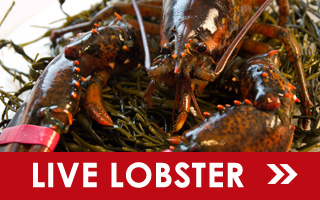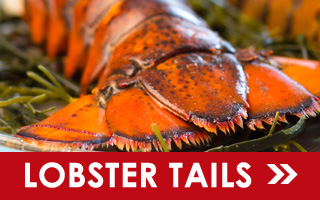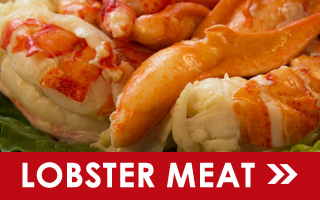 Cracking lobster is a modern tradition most people reserve for special occasions. As delicious as lobster is, it usually doesn’t fall within budgetary restrictions for the typical American, it being on the rather pricey side. But if you examine history going back as recent as 50 years, lobster wasn’t always considered such a sought after delicacy.
Cracking lobster is a modern tradition most people reserve for special occasions. As delicious as lobster is, it usually doesn’t fall within budgetary restrictions for the typical American, it being on the rather pricey side. But if you examine history going back as recent as 50 years, lobster wasn’t always considered such a sought after delicacy.
After colonialists settled as far back as the 17th century and well into the early twentieth century, lobster wasn’t considered fit for a king, just for the poor. It was more considered worthy of farming fertilizer than suited for gracing the tables of the finest tables in Manhattan. Fisherman would even grind lobsters for chumming and as fish bait.
Without much meat and actually an indication of poverty, lobsters were seen for what they were; bottom feeders and a distant relative to the spider. They were considered complete poor man’s food and an embarrassment to knowingly consume. To have discarded lobster shells in a yard was considered a glaring indication of your lower class.
Primarily looked down on by consumers from coastal New England up into Nova Scotia, it was the staple to supply servants and farmhands. Fed to prisoners, animals and considered trash food, what drove the current higher cost of lobster is simple business 101; supply and demand. Mostly because there was such a low demand for lobster consumption, there was so much more lobster when Europeans first arrived in North America.
Because there was no demand for lobster and consequently no one would fish them, they would wash up on the New England shores in droves. Demand was so low, in fact, lobster would sell by the can at a fifth the cost of baked beans. But business was business and the poor would buy the canned lobster. But it was not the coastal Northeasterners to thank for the popularity of the lobster today, rather it was the Midwesterners.
As soon as the railroads took off in the middle of the 19th century and the lobster industry was introduced to a brand new market, the stigma of lobster meat was shed immediately. Because inland train passengers weren’t familiar with what a lobster even was, the railroads took a brand new approach and introduced the shellfish as new and exotic seafood.
Lobster as we know it was born. As the brand new industry was taking off, new methods of trapping lobster were introduced and employed. The first lobster trap was introduced in coastal Maine in the mid 1800’s, still the largest lobster producing state in the country. There were even such facilities introduced as lobster pounds, allowing lobster harvesters to maintain their catch until price fluctuations shifted in their favor.
The lobster rode its new found popularity wave into the 1920’s, when the crustacean hit its first true peak. But during the depression, demand disappeared and the dwindling population was allowed to recover until after the Second World War. When the 1950’s rolled around and people once again had disposable income and demand for it was high, the lobster was on top of the prestige heap.
Today the lobster is prepared in a much different means, typically boiled alive- much more appetizing to the human palate. There are thousands of lobster recipes gracing the white table cloths of the finest restaurants and establishments from Los Angeles to London. Lobster has come a long way, considered one of the worst food stuffs available to among the most elegant delicacies available.




